This remote island guest house may have converted our “private rooms only” traveling reporter

If you’ve never tried a guest house before, you definitely should!
When traveling, there’s a variety of options for places to stay depending on your budget and your preferences. There are hotels, of course, and, in Japan, capsule hotels and ryokan (Japanese-style inns), but for the budgeting, open-minded, and more adventurous traveler, there are also hostels and guest houses, where you often share a room with other people and the bathrooms and living spaces are communal.
For some people, however, those are a no-no. Especially for our Japanese-language reporter Kouhey, who can’t sleep when he’s sharing a room with other people. Even when he was in the hospital, he tried to leave as soon as possible because he couldn’t stand being in a multi-patient room.
He’s stayed in a guest house before, when he’d had no choice. There were no private rooms available within his budget, and the cost of the room was 3,000 yen (currently US$20) per night, so he decided to book it.
▼ This wasn’t it, but it looked similar.
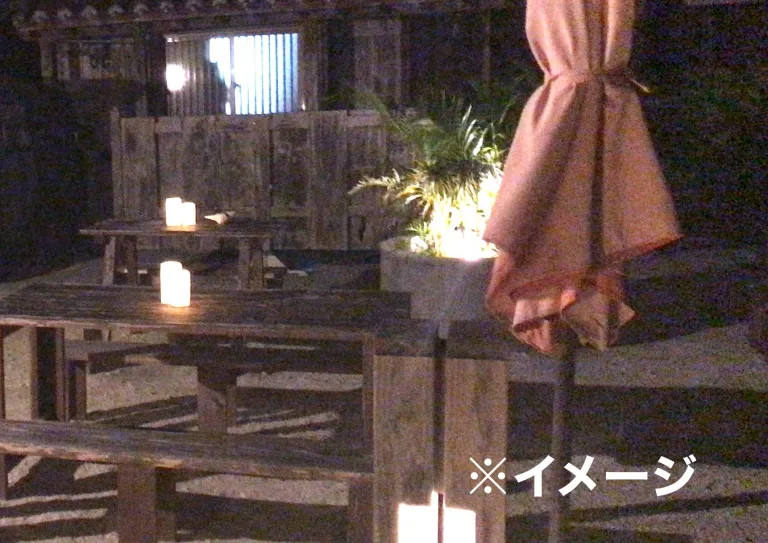
He’d been put in a four-person room with a group of three other young men who were in their early twenties. The guest house had arranged a drinking party for the people in the room, so Kouhey, despite being decades older, actually had a good time hanging out and didn’t feel his age at all.
However, the first problem came when he went to take a shower afterwards. There was no shampoo and no towels! Kouhey had never stayed in a guest house before, so he didn’t know he had to bring his own things. Without anything to wash or dry off with, he decided to skip the shower and go straight to sleep, but sleep didn’t come easy. His roommates’ snores and teeth grinding kept him awake all night. That’s when Kouhey vowed to never stay in a guest house ever again, until seven years later, when he recently went to book a hotel on Ishigaki Island in Okinawa and was met with a similar situation.
The hotels were shockingly expensive! He really didn’t want to spend that much money, so he reluctantly decided to make a reservation in a guesthouse. According to his research, which included searches on hotel reservation sites and YouTube, he found one in a neighborhood near the center of town called Misakicho that looked good and actually had a private room open.
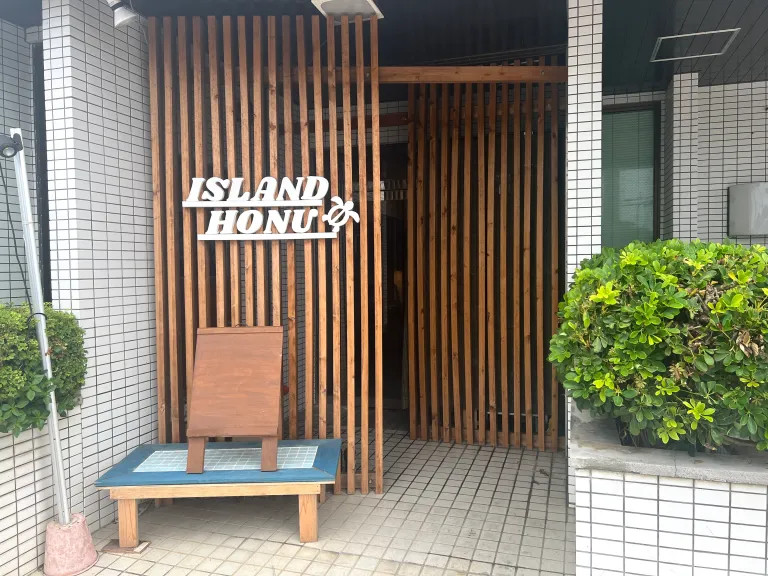
Worried that he’d made a mistake that could ruin his trip, when he arrived on Ishigaki Island, he headed for the guesthouse, which is called Island Honu and is a three-minute walk from the center of town.
It definitely looked different from the hotels he was used to, but its entrance had a resort-like feel to it that was appealing. Upon arrival, Kouhey decided maybe this guesthouse wouldn’t be so bad.
After checking in at the front desk, he entered the main part of the building.
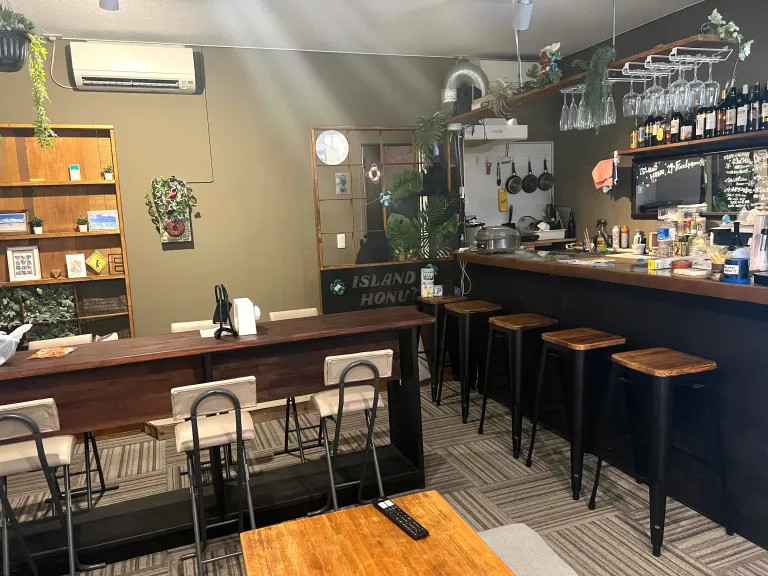
It was surprisingly stylish! With what looked like a full-service bar and plenty of space for dining, socializing, and working, it was functional as well as fashionable.
Kouhey’s impression of guesthouses as “simply places to lay your head down” was blown away in an instant. He’d had no idea that guest houses could have bars! It really added to the building’s resort-like feel, and he actually felt kind of excited to stay there.
With an added bounce to his step, he headed to his private room, which can fit up to two people but he booked for himself. When he opened the door, he was greeted by…

A mini sofa and a table?
There was already a seating area in the communal space–with table room for computer work if needed–so Kouhey was surprised to see that the room also had space for that. It was perfect for someone like him who likes his privacy.
Farther into the room was a bunk bed.

Compared to a hotel, it definitely felt much tighter, but that didn’t bother Kouhey.

The sleeping area was equipped with an outlet and a USB port.

Naturally, the room wasn’t as spacious as a hotel room, but it was perfect for a person traveling solo. Kouhey had no complaints; in fact, he’d call this a win.

The guest house also had gender-separated dormitories that fit four people.

Though they’re shared rooms, the beds were all removed from each other, so you might even be able to maintain a bit of privacy. That was different from the guest house Kouhey stayed at before.
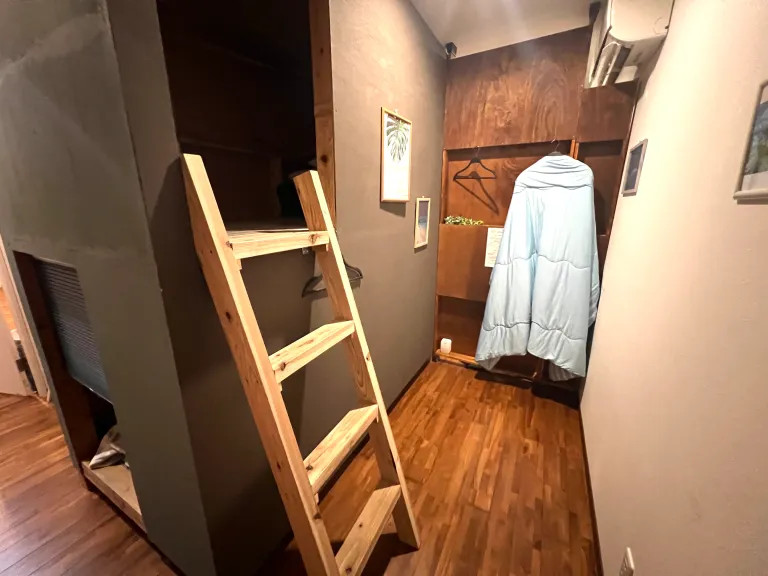
As a bonus, there was also a second communal area.

That room had a fridge, microwaves, and plenty of kitchen tools, so he could even bring in food to cook if he wanted to.
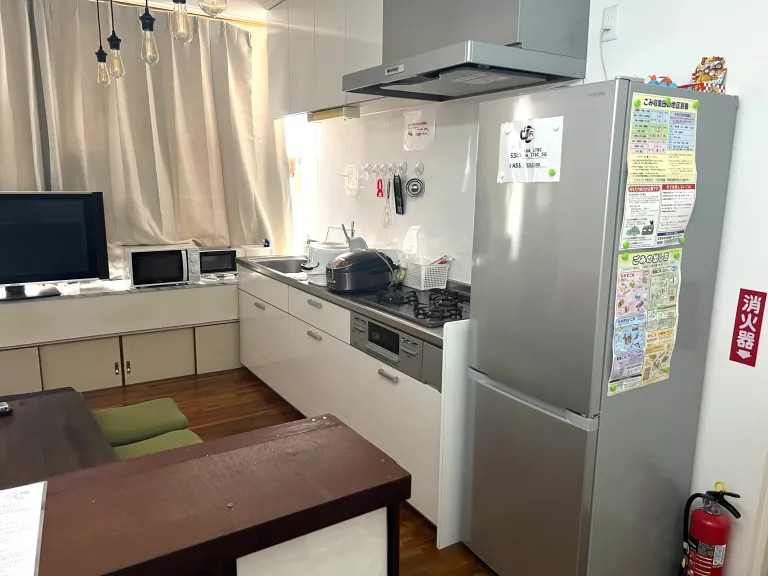
It was very well-stocked with dishes and cups…
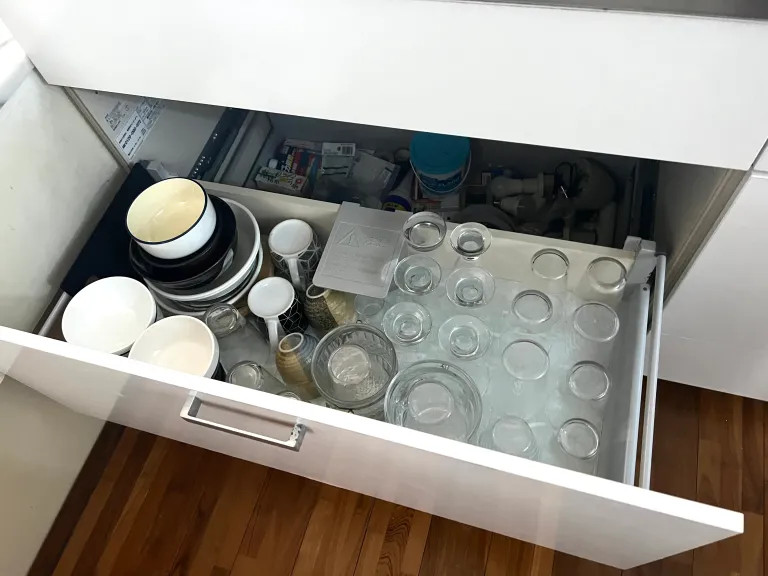
As well as pots and pans.
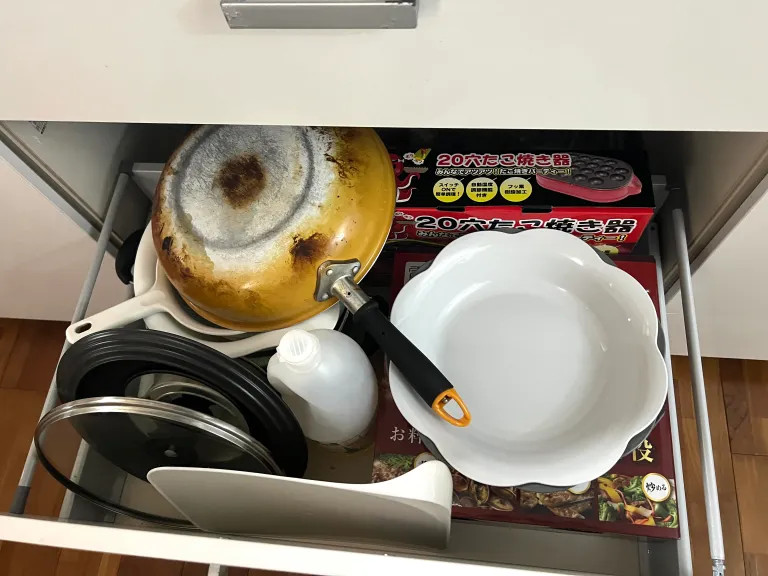
Since this room was separate from the bar area, you might not even have to cross paths with another party. Plus, if you’re traveling with a group, it would be a great place to hang out with your friends. This is actually a benefit to guesthouses, something you won’t find in hotels.
The toilets, showers, and vanity rooms were separated by gender, but there was also a bathtub that anyone could use.

And unlike the guest house Kouhey stayed at before, this one had amenities!
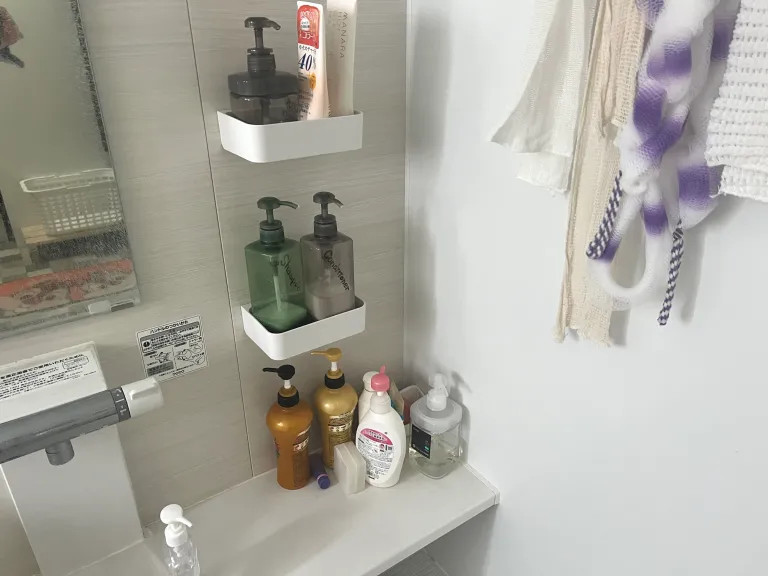
There were also laundry facilities…
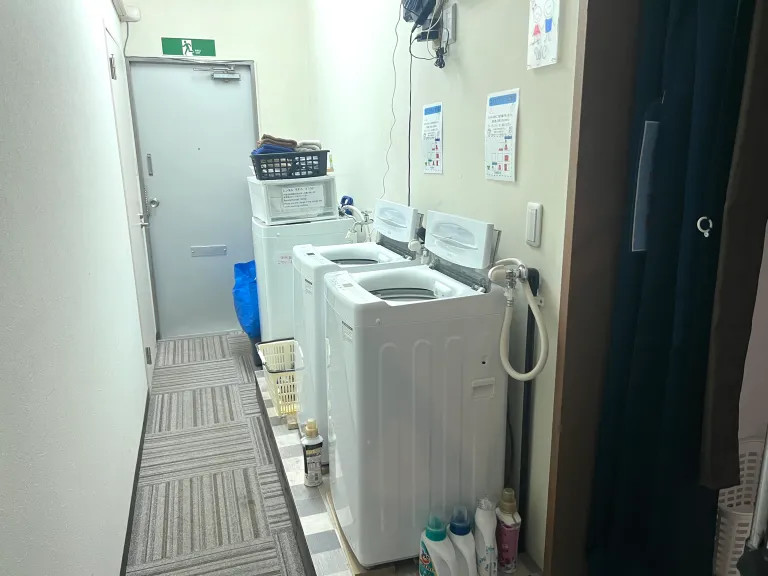
And also rentable towels!
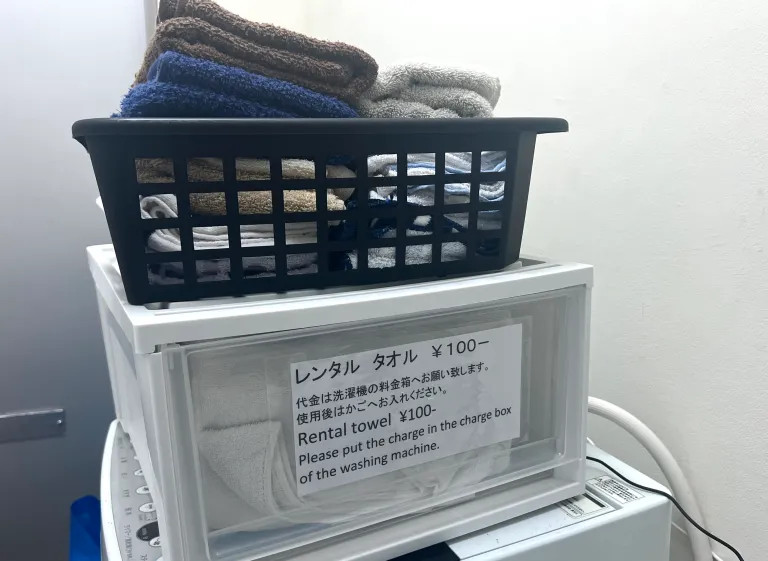
What’s more, they even had bicycles to borrow for free!
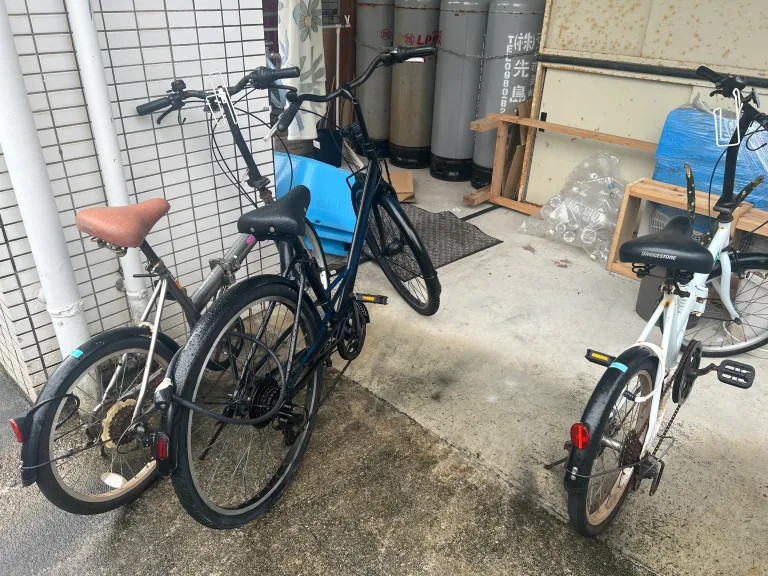
The bar was an actual business that’s open not only to guests but also to locals, though sadly during Kouhey’s visit, it was closed.

Sometimes, if you’re lucky, the owner of the guesthouse will cook simple meals for you or pour you sake. Two out of the four nights Kouhey stayed there, he joined drinking parties with the owner and some of their friends. The omelet rice the owner cooked was absolutely delicious.
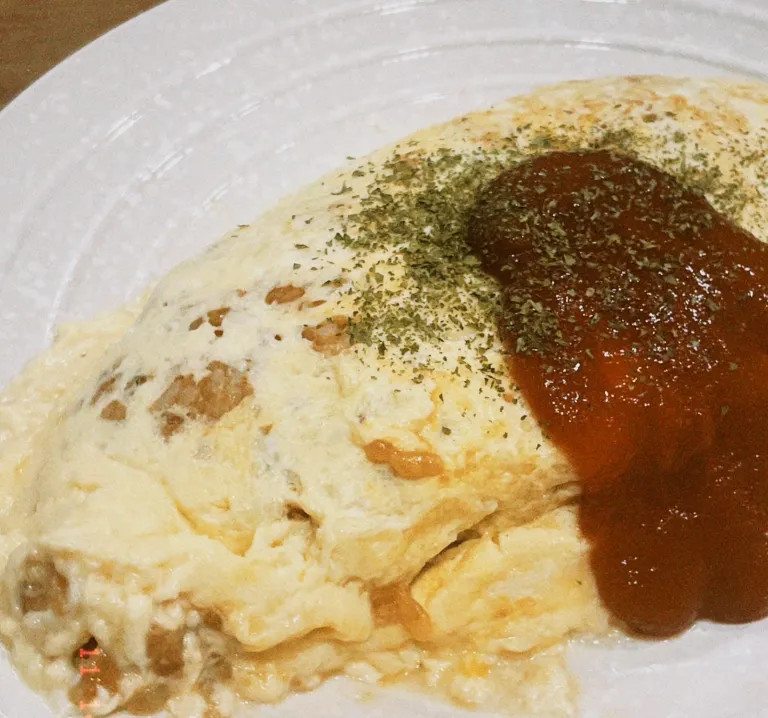
There were also lots of different, interesting people staying at the guest house, so Kouhey got to make friends with a world-traveling freelance wedding photographer and a diver who comes to Ishigaki about 10 times a year.
While sharing sake, they watched movies on the big screen together, played instruments and chatted. It was really the best time, which led Kouhey to realize that the good thing about guest houses that you can’t find at hotels is meeting interesting people like this and having great conversations.

Kouhey’s trip was in the middle of November, and all he paid for his room was 6,00 yen per night. Of course, that price depends on the season, but Kouhey believes that the next time he comes to Ishigaki, he’ll stay at Island Honu even if the hotels are the same price.

Everyone has a different reason to travel, but in Kouhey’s opinion, his favorite thing about traveling to remote islands is getting to meet new people (and also probably getting drunk with them), and for that, guest houses are perfect. Of course, they do have some downsides, like having to wait for the showers and toilets (since they’re shared), but in Kouhey’s opinion, at least for this trip, the pros far outweighed the cons.
With this positive experience, Kouhey now has more options for budget accommodation. The next time he’s booking a trip, he’ll be looking into more guesthouses to see what kinds of cool places he can find!
Images © SoraNews24
● Want to hear about SoraNews24’s latest articles as soon as they’re published? Follow us on Facebook and Twitter!
Credit:
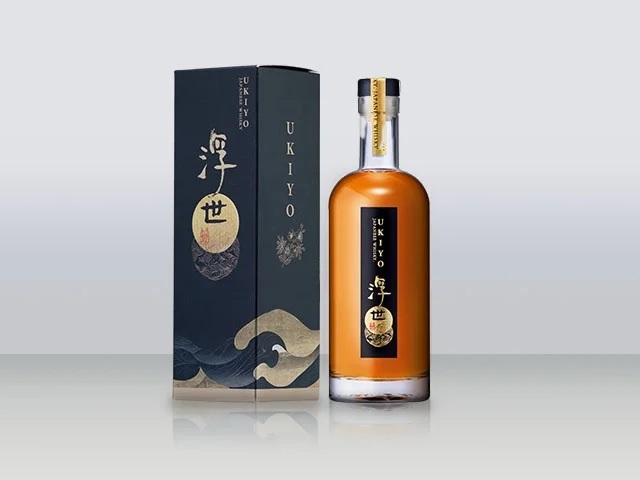
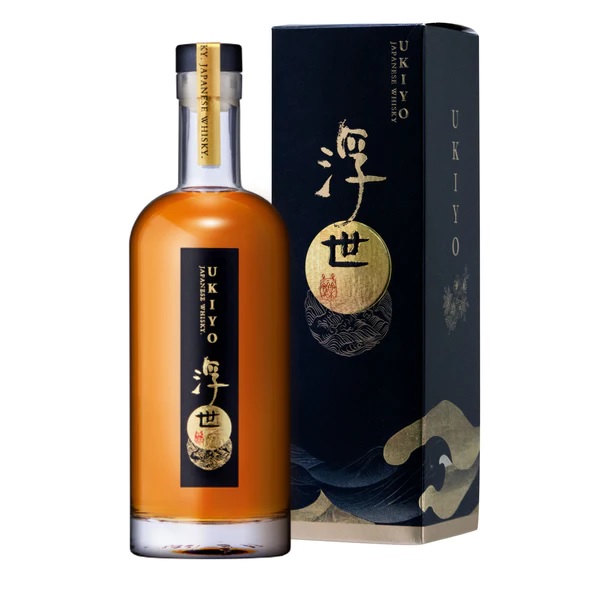
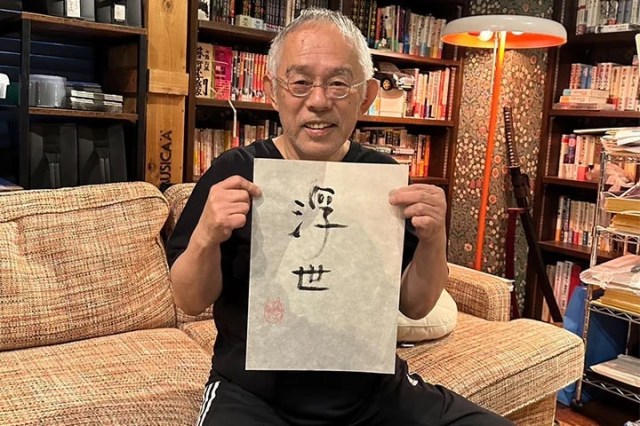
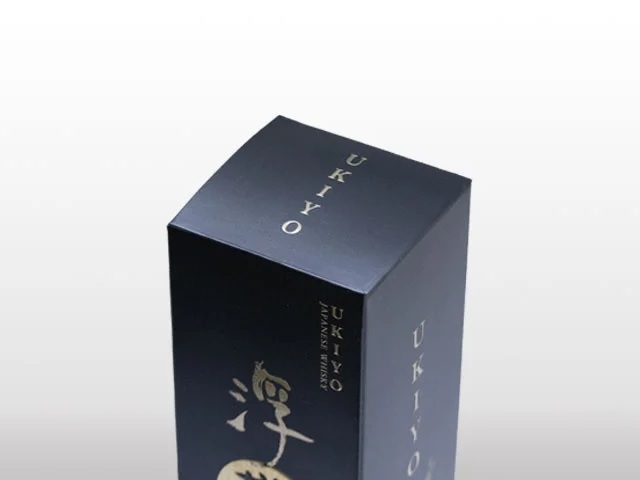
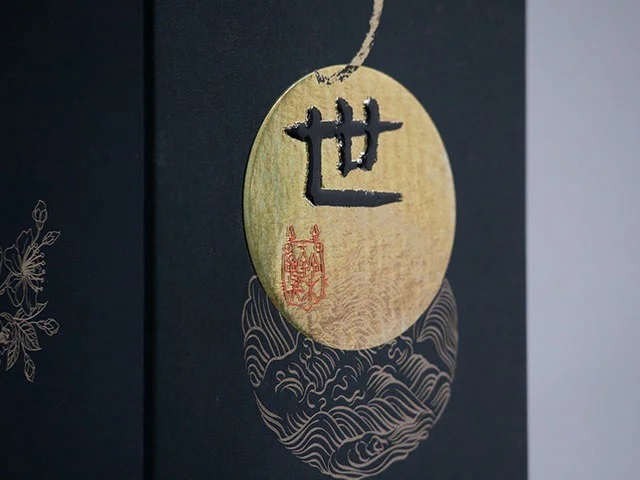
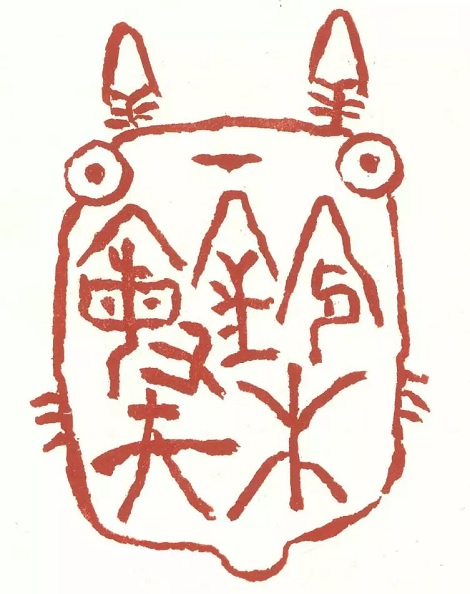


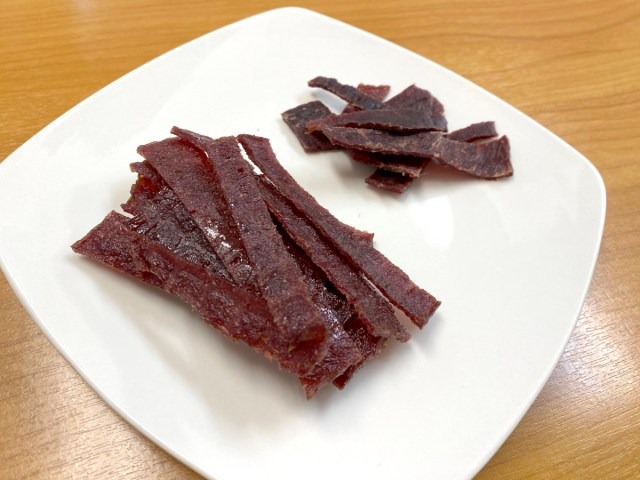

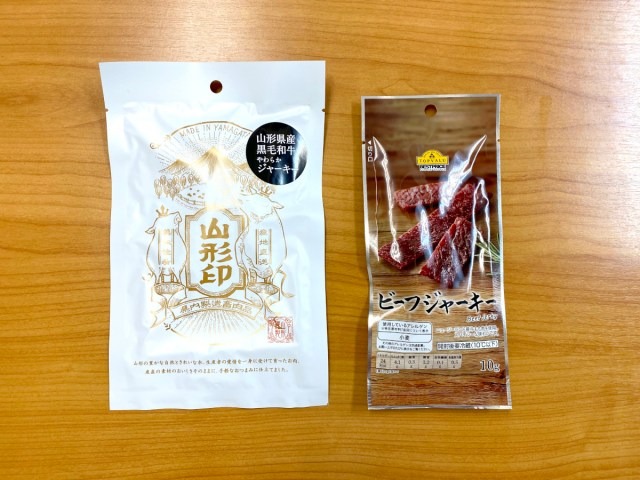
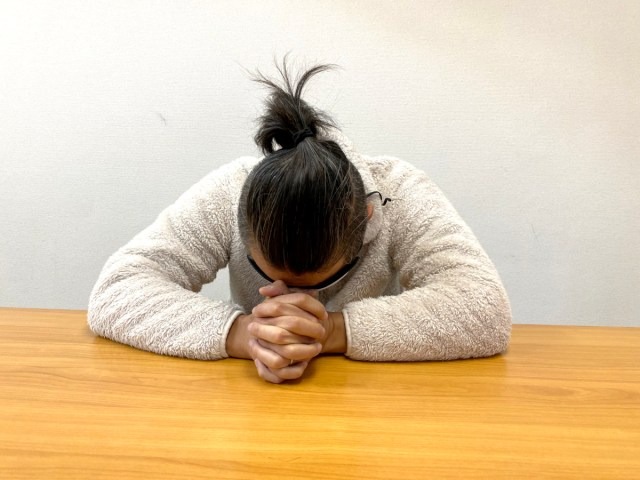
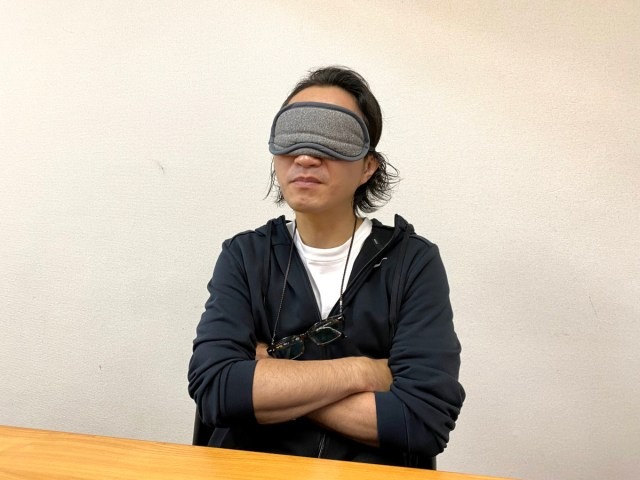
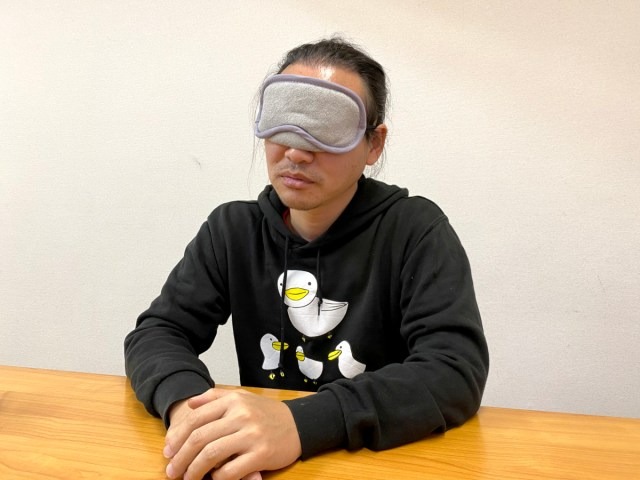
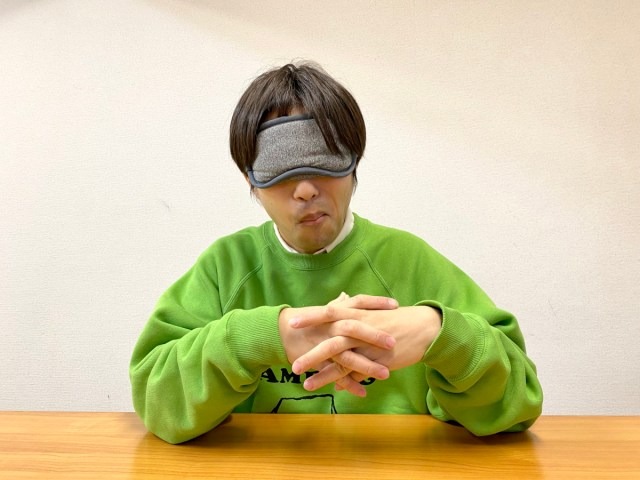
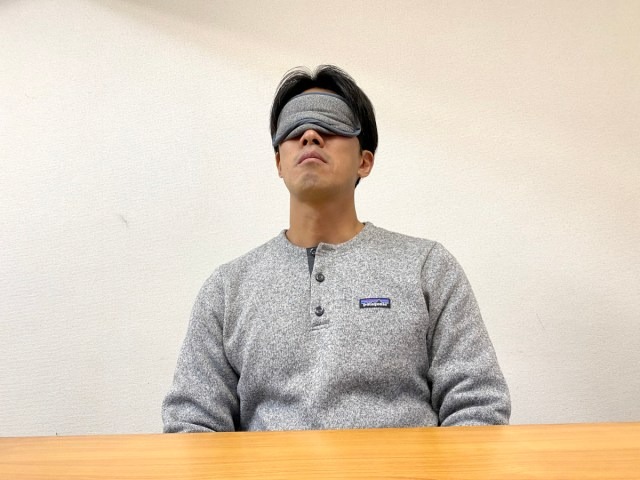
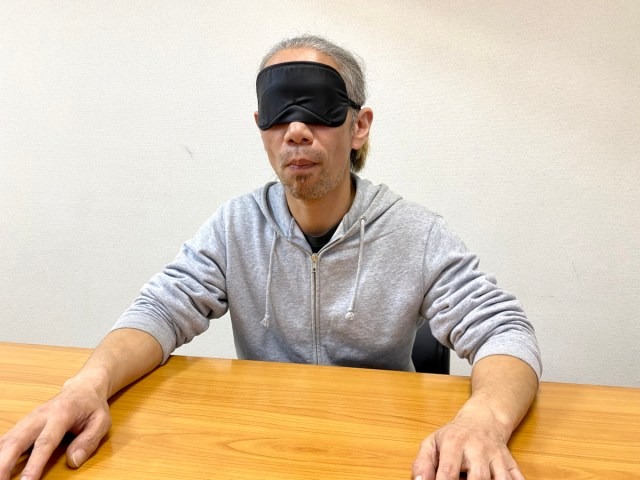
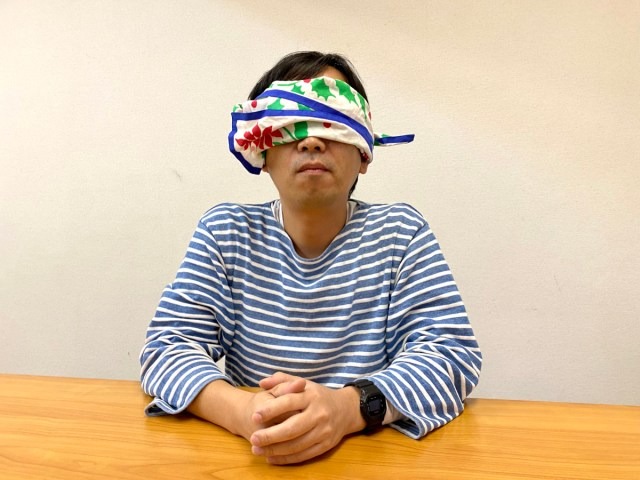
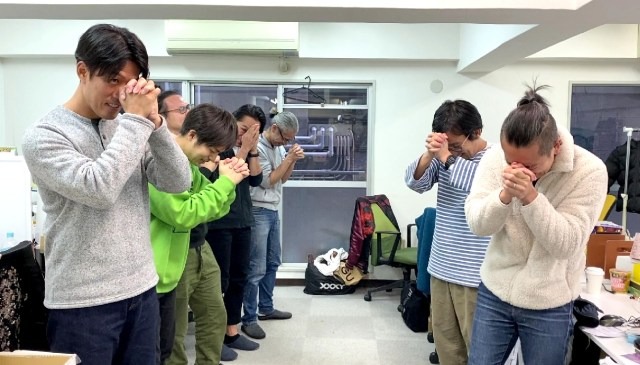
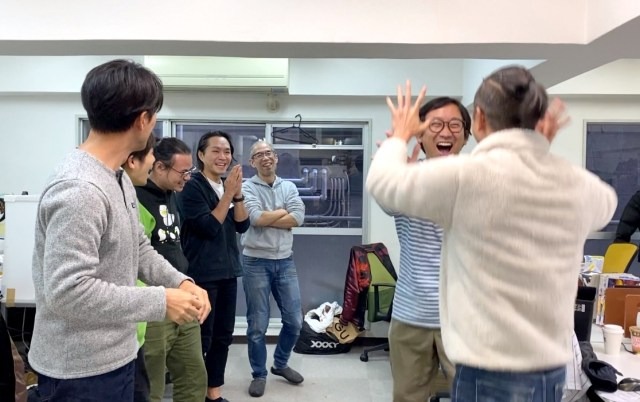

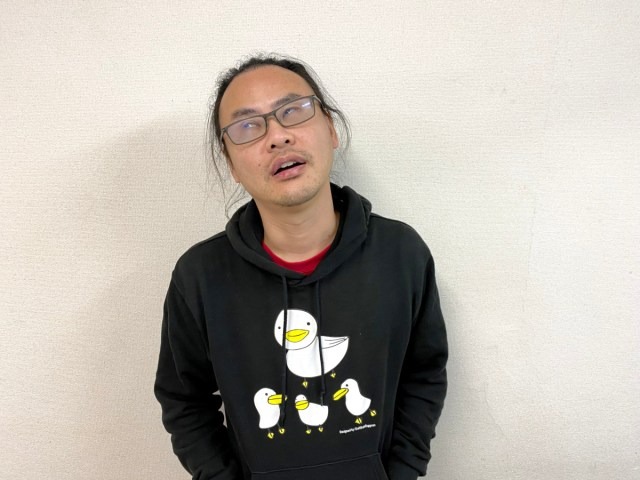
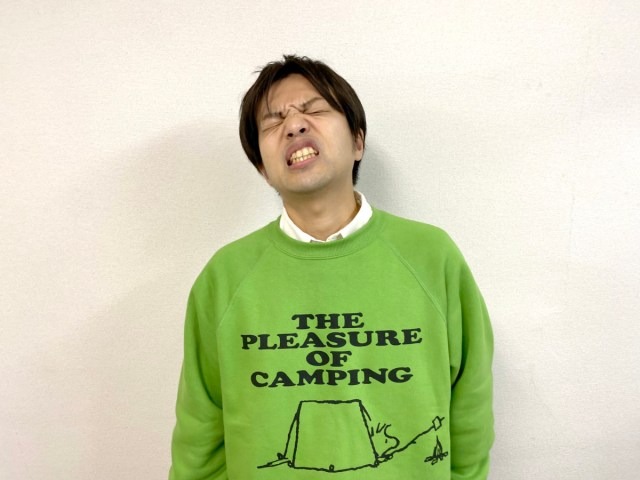
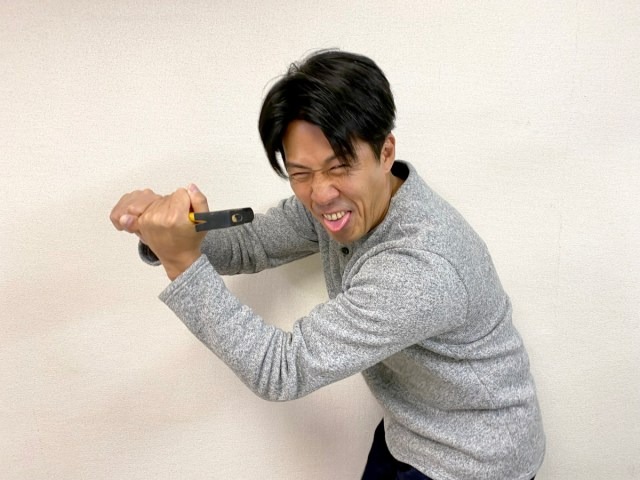
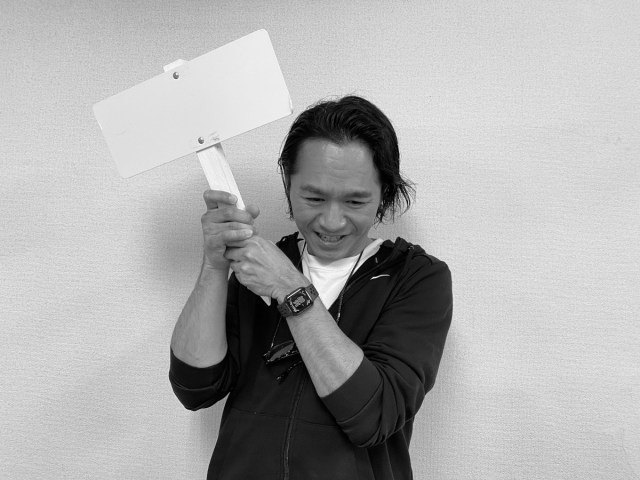


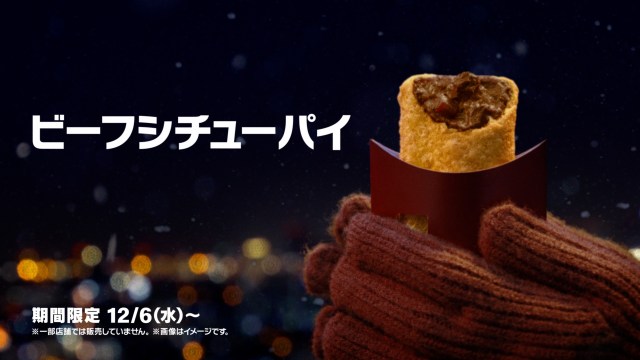

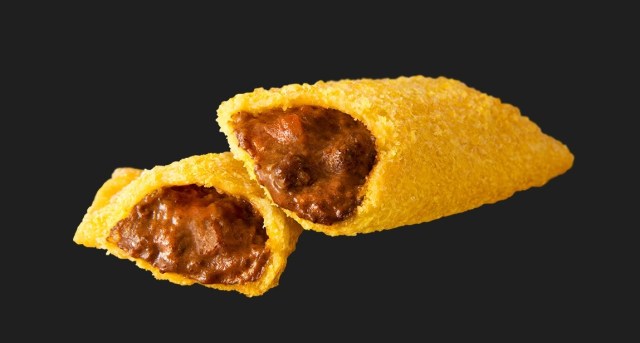
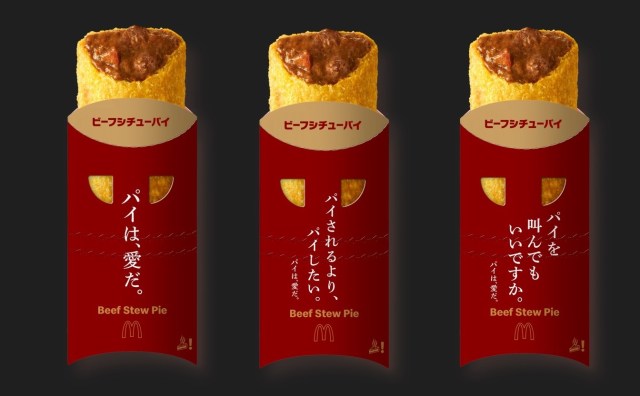
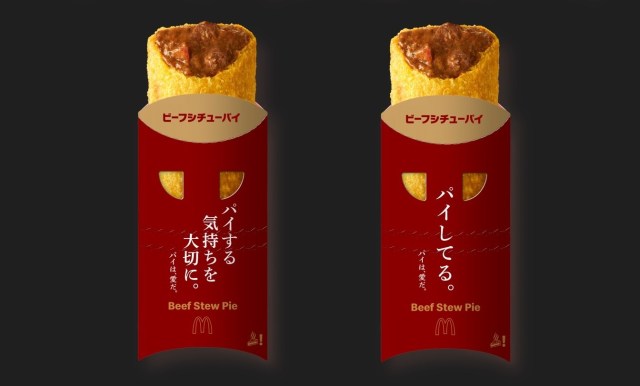
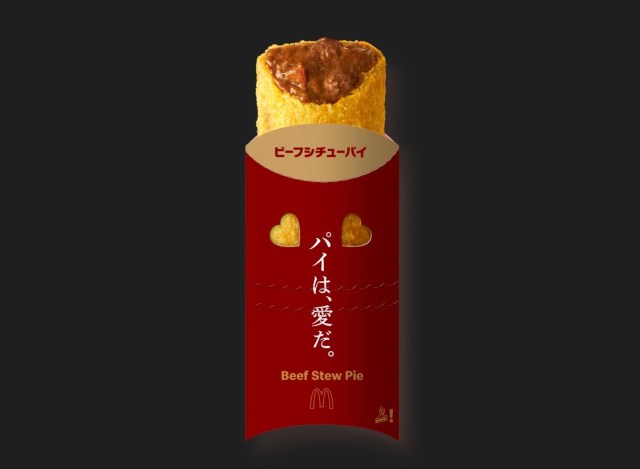
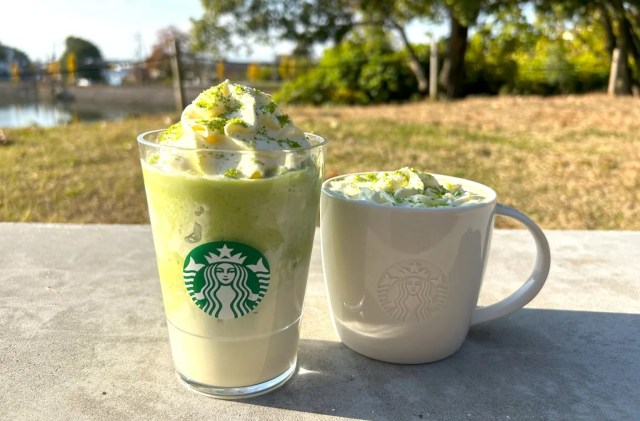
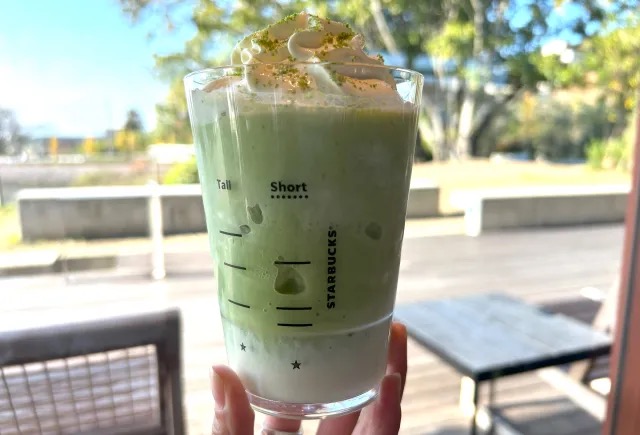
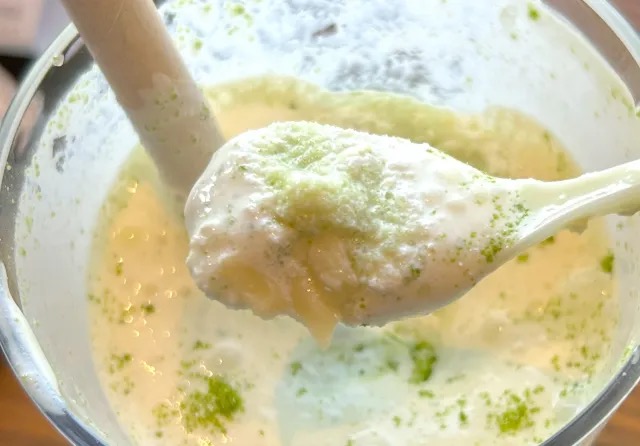
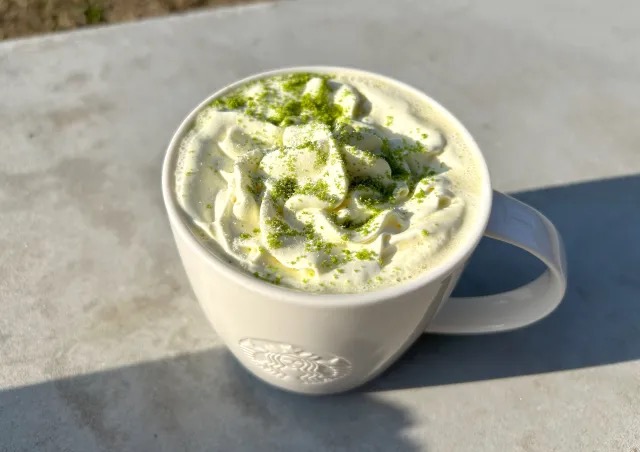
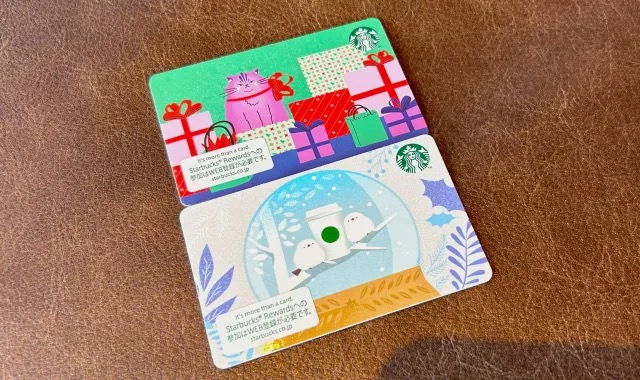
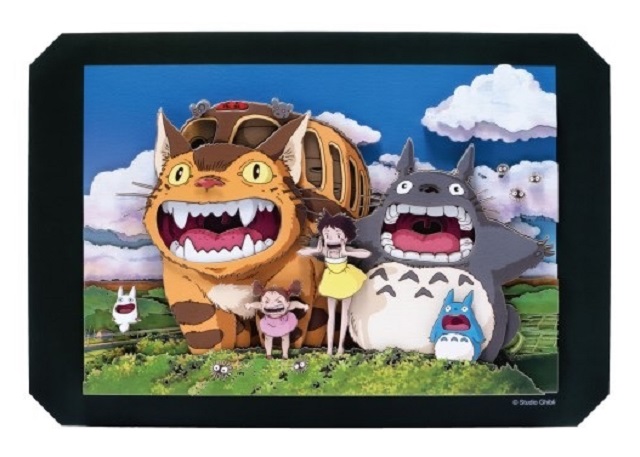
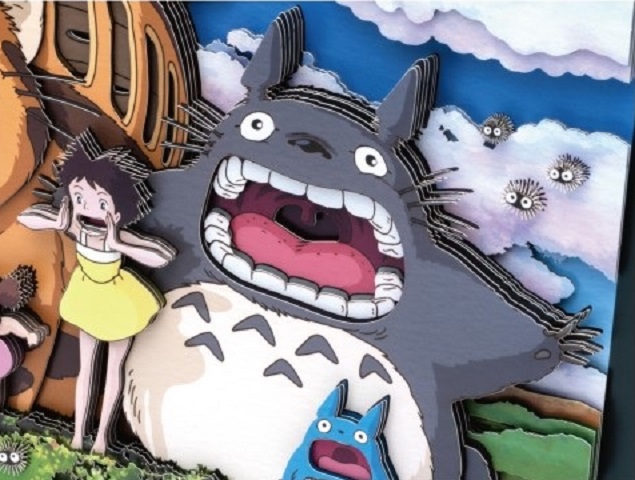
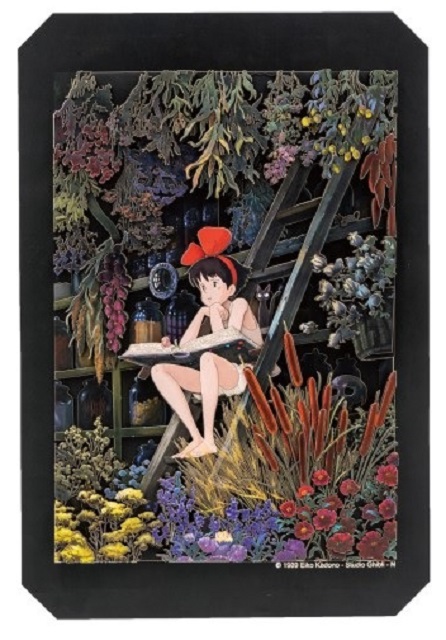
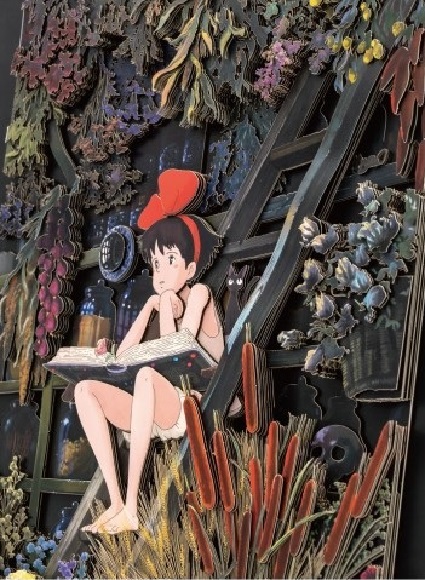
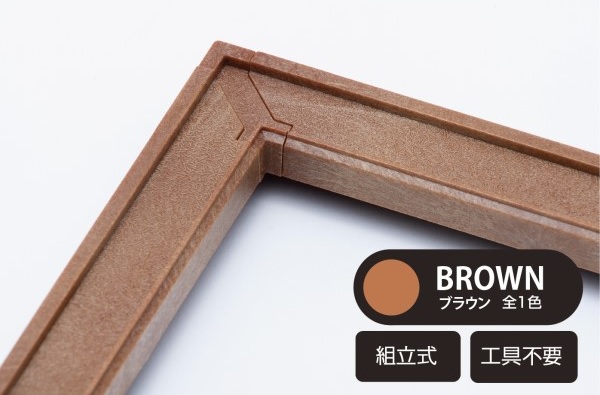























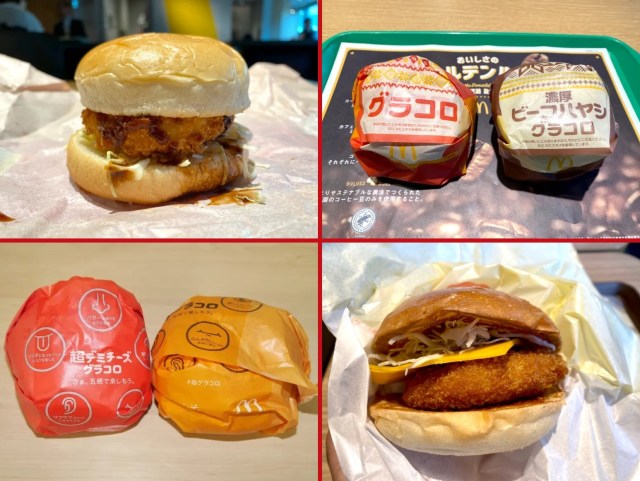

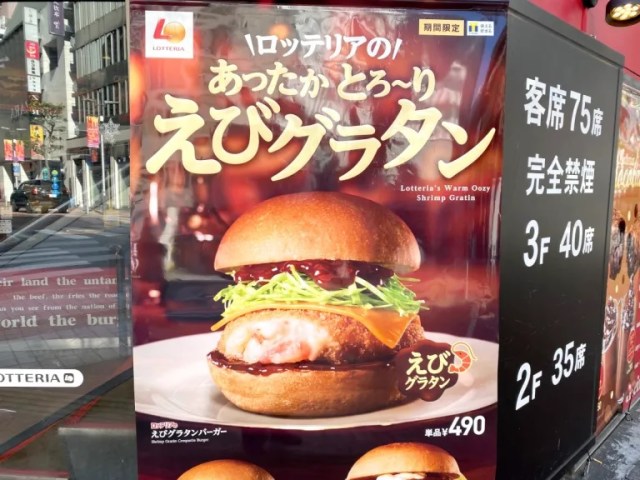
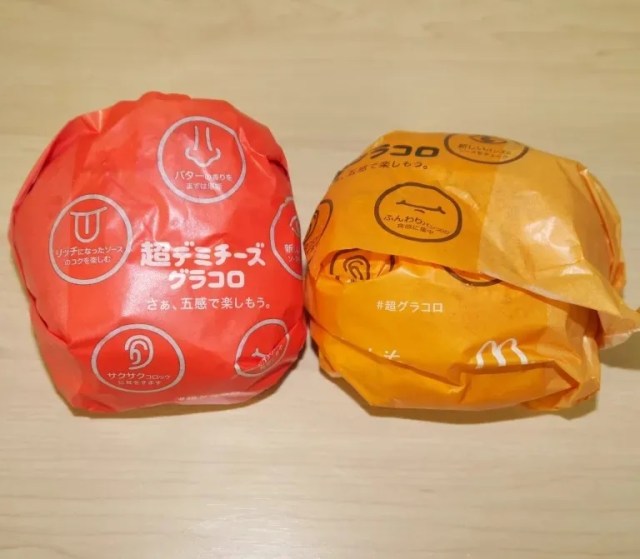
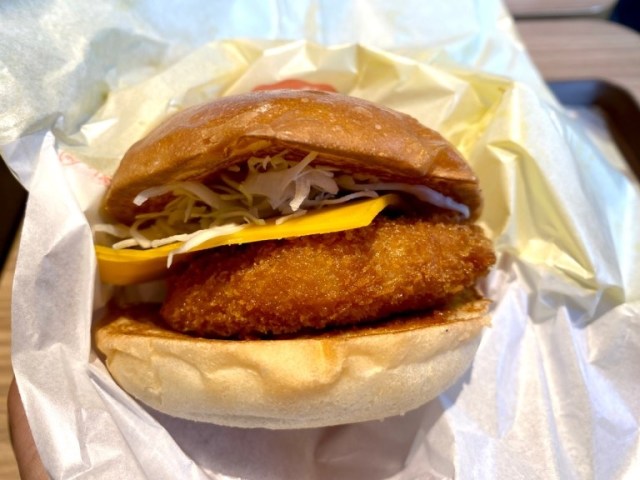
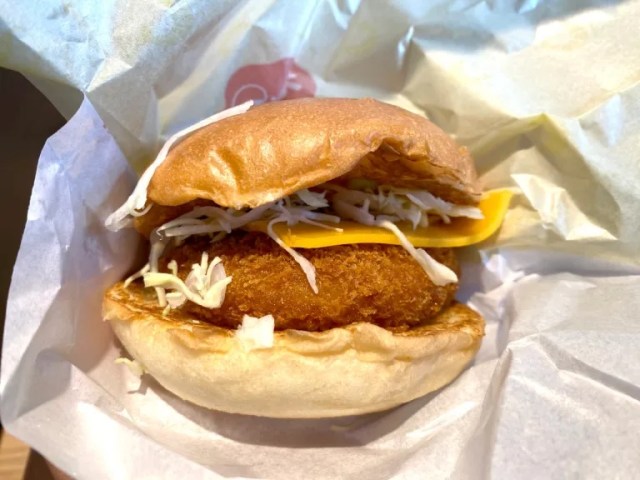
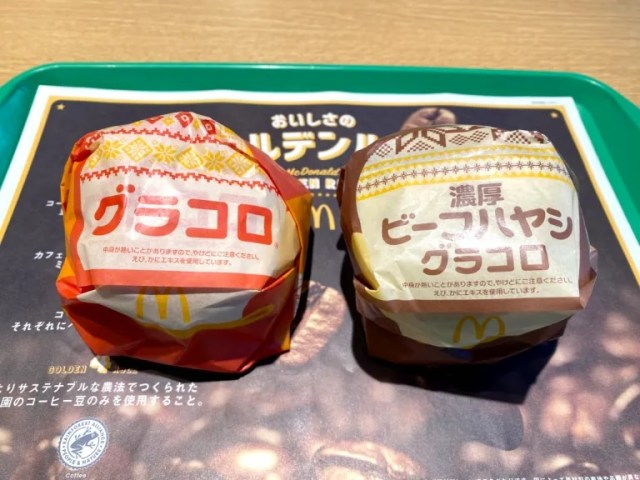
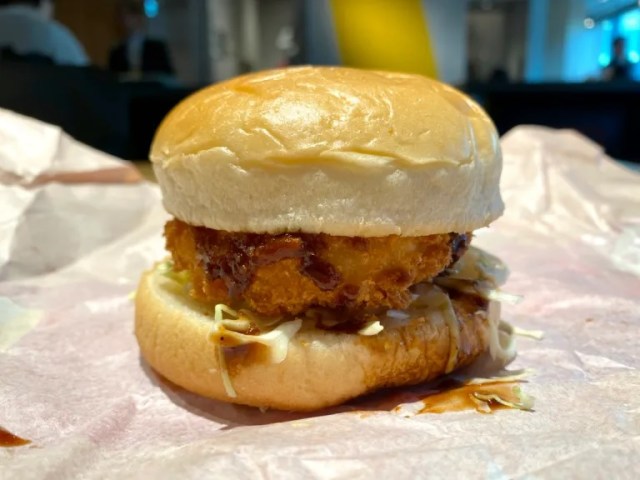
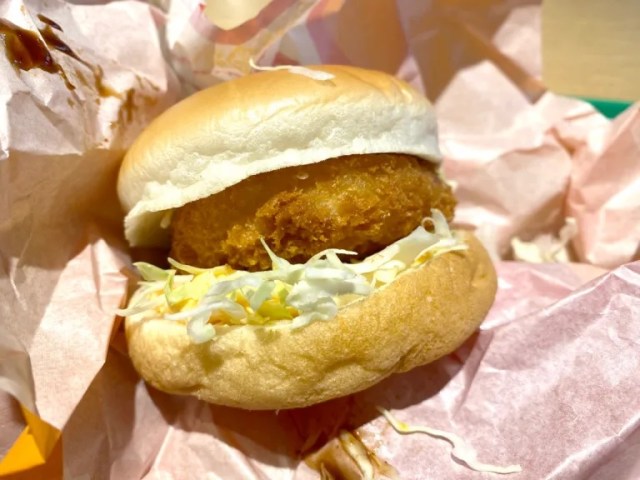
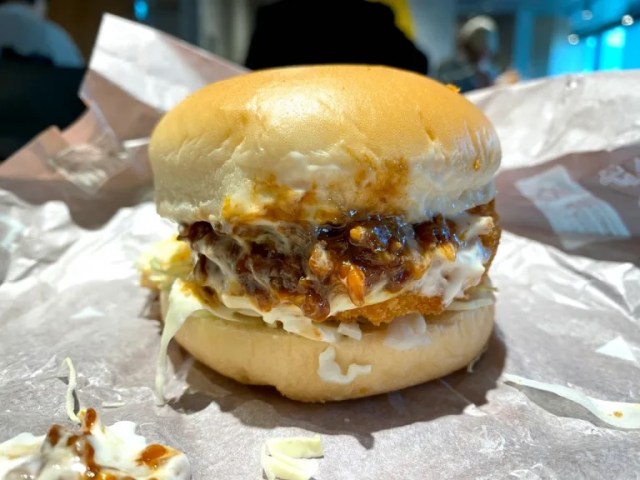
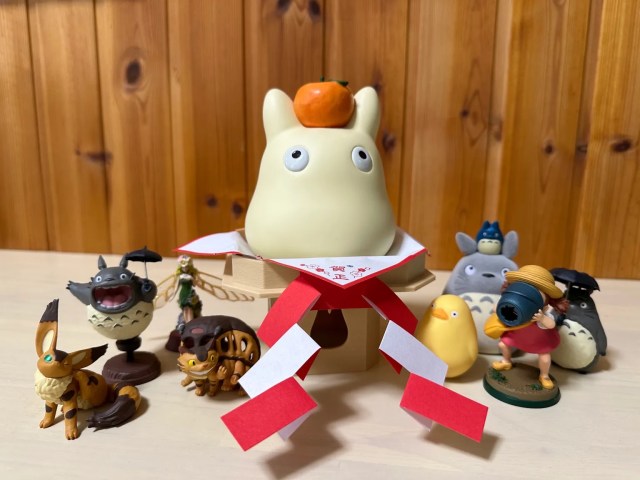
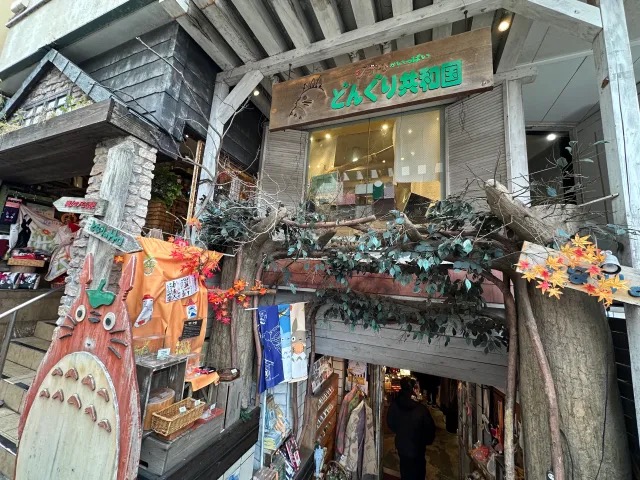
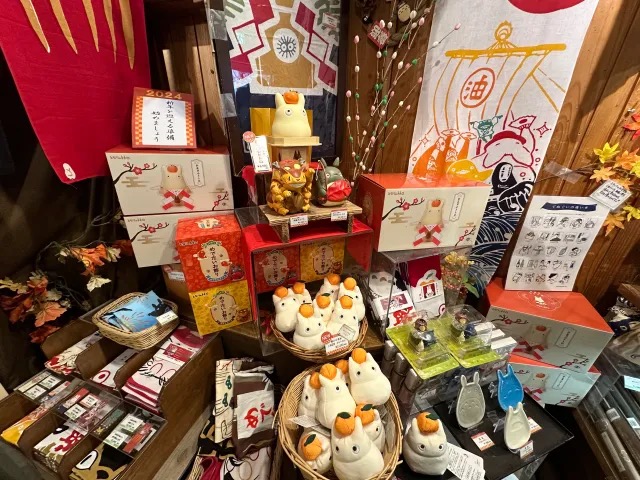
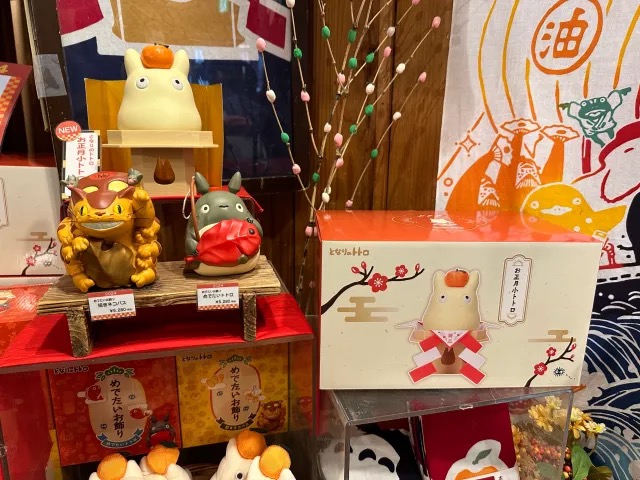

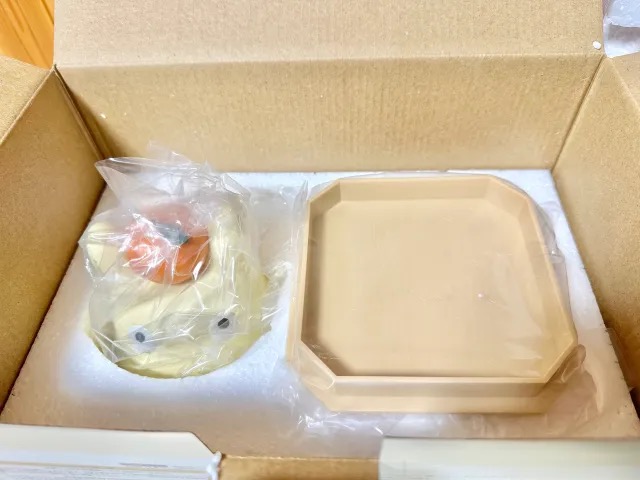

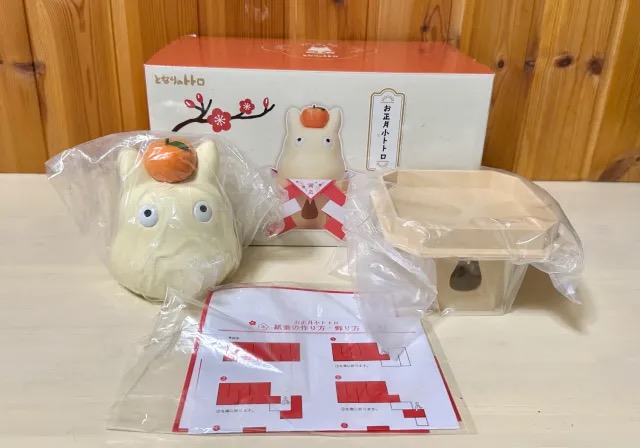

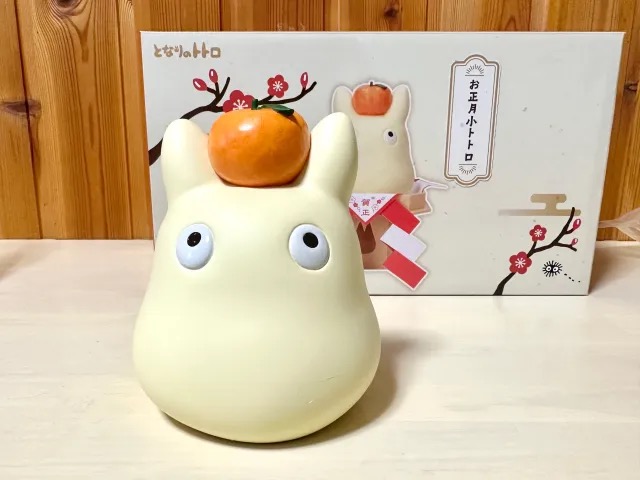
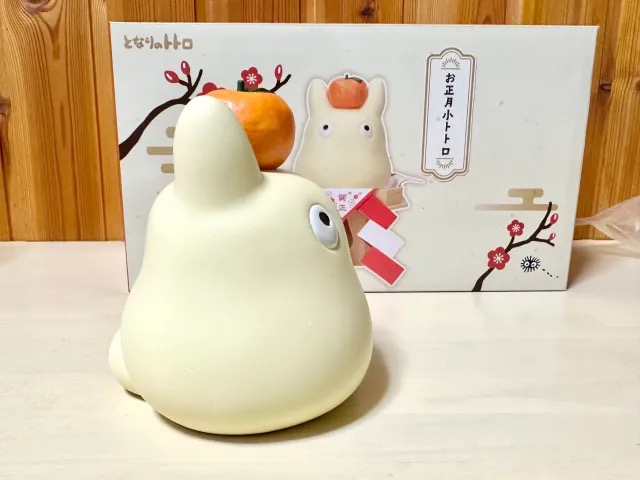
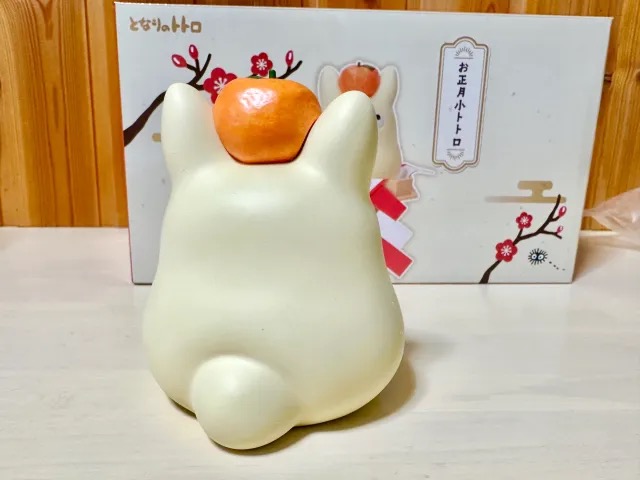
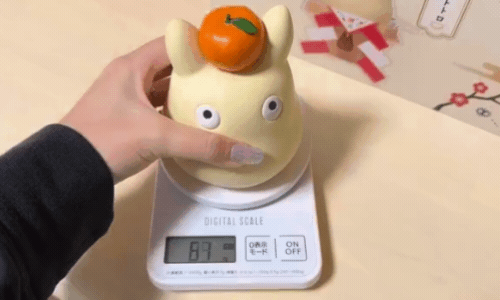

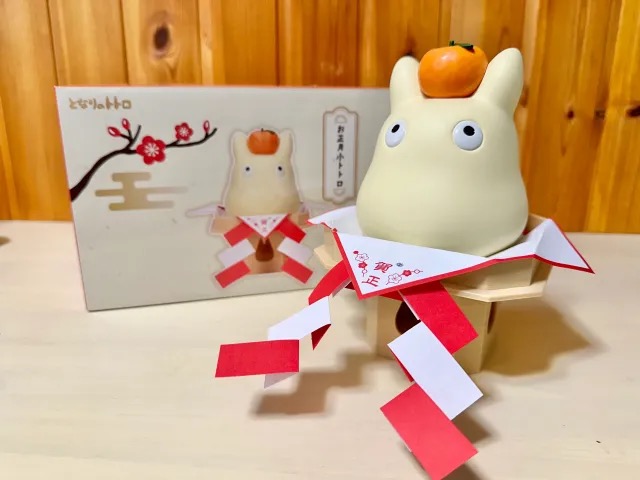
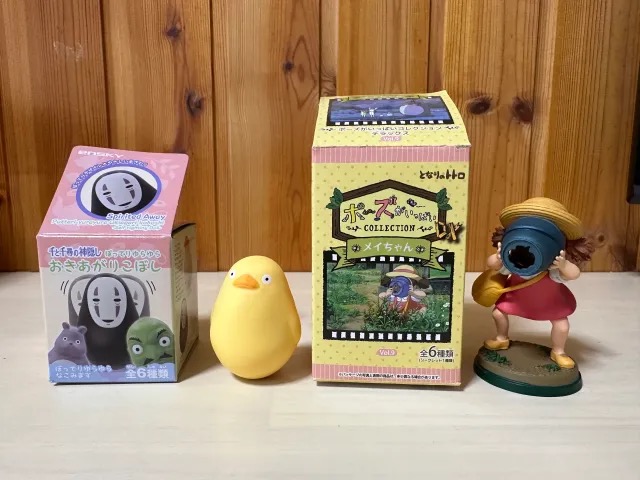
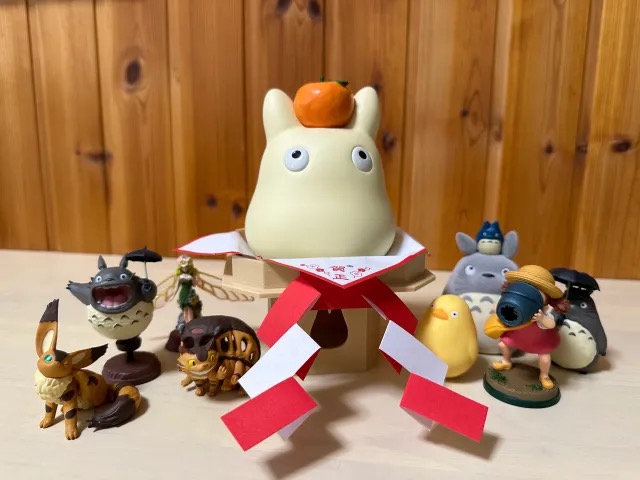
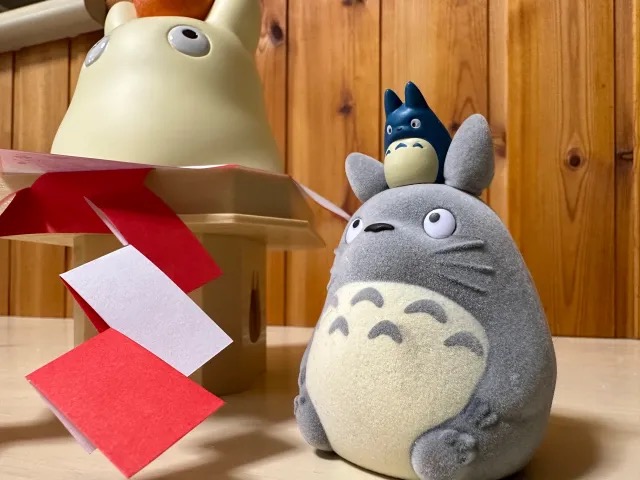
0 comments: